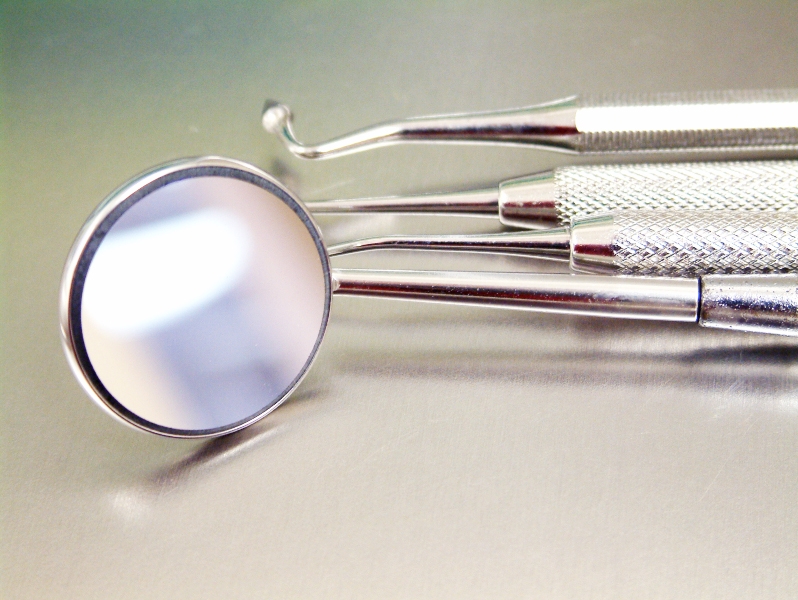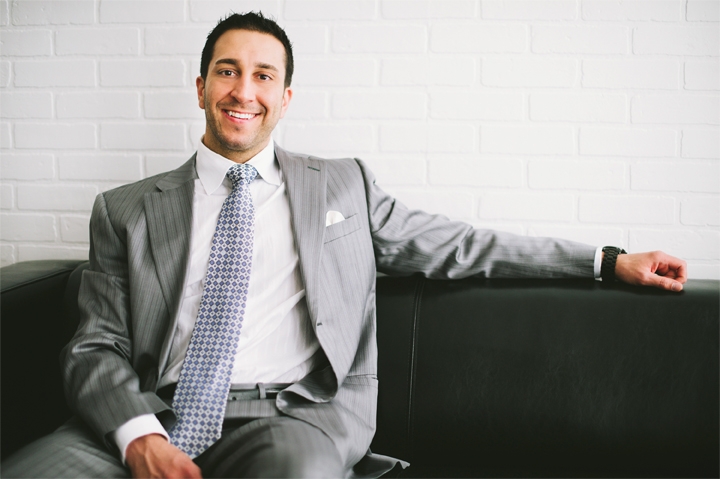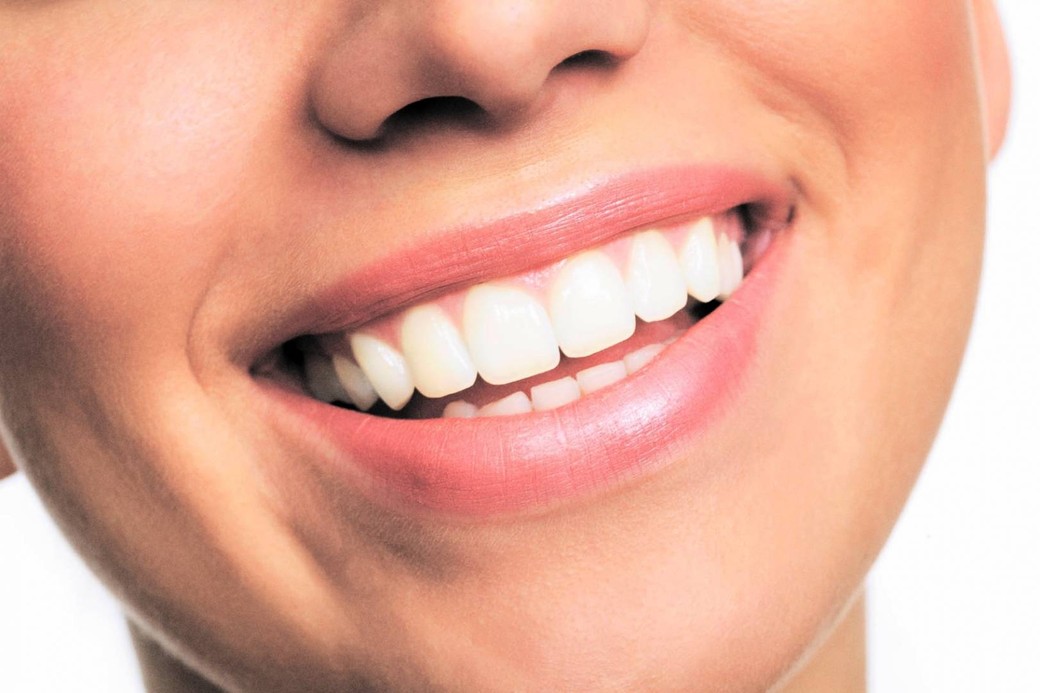
A Lesson in Orthodontics: From Then to Now
Attempts to mold teeth by external forces have been reported as far back as the ancient Greeks. Children would place ever-increasing sized pebbles into their mouths and force them up into the palate with their tongues to increase the volume of the palate. The rationale was to increase the palate volume to improve the quality of their speech for their acting careers.
The first scientific event of tooth movement occurred in 1728. The French physician Pierre Fauchard made use of a flat strip of metal, pierced with holes, to fit over teeth. The strip was formed into an arch and various groups of teeth were secured by threads between the holes.
Early in the 20th- century, Dr. Pierre Robin introduced the monoblock, created to move the lower jaw forward. It was originally intended for use as a passive positioning device on newborn children with micro-mandible development and cleft lip and palate, also known as Pierre Robin syndrome.
These various functional appliances were used to improve dental structures and influence tooth positioning. However, the appliances posed problems because they required extreme patient cooperation and normal speech was impossible when they were worn. Modern orthodontics have come a long way. There are fixed functional appliances that can be used, which incorporate the same philosophy from early appliances, without interfering with speech.
One of these examples are braces, created by American dentist Edward Angle in 1928. He believed orthodontic corrections were best when focused on the movement of individual teeth and the avoidance of extraction of adult teeth. Braces could accomplish just that. However, it was controversial and at odds with European practices. Over time, orthodontists concluded that tooth extraction was beneficial in some instances.
Since most orthodontic problems are influenced by the facial skeletal structure and compensating tooth positions, it is beneficial to seek treatment for your problems early. In fact, the earlier the better, which in turn also affects the length of treatment and series of subsequent treatments. That said, a modern orthodontist will treat adolescent cases, and even seniors, depending on their problems.
Various orthodontic manufacturing companies are continuing to look for advances in the bracket design and arch wire materials of braces to improve efficiency and accuracy in tooth movement. There are many variations of brackets. Individual orthodontists will use a system they feel most comfortable with to obtain their treatment objectives.
Invisalign is one of these variations. It is a system of clear aligners that can obtain progressive tooth movements. Although it is not a universal appliance system, it can be successfully used in selected cases. There are also fixed braces that are attached to the inside of lingual surfaces of the teeth. Again, case selection is important.
In order to be recognized as an orthodontic specialist in Ontario, one must graduate from a graduate program recognized by the Royal College of Dental Surgeons of Ontario. Given the complex field of orthodontics, involving cosmetic and function, it takes years to become an orthodontist. First, one must qualify as a dentist, which alone takes five years, followed by two to three years of orthodontic-specific study. (While qualified to be a dentist, an orthodontist must restrict practice to orthodontics only and agree to not provide any general dental service.)
It is specialized care and it works. Orthodontic corrections can improve tooth and jaw functions and cosmetically, can drastically change tooth movement that will put a smile on any face.
Dr. Ian Milne is an active member and a past President of the Canadian Association of Orthodontists and a member of both the American and World Federation of Orthodontists. He is a former President of the Canadian Foundation of Orthodontics and an active member of both the Ontario and Canadian Dental Associations. His Ottawa Clinic is at 239B Argyle Avenue Ottawa ON K2P 1B8 613-232-4266. www.bracesbymilne.com








